The Golden Poison Dart Frog is a fascinating creature that exemplifies nature’s incredible array of adaptations. Despite its small size, this frog is one of the most lethal animals on the planet. With a vibrant color that belies its deadly nature, the Golden Poison Dart Frog captivates scientists and enthusiasts alike. Join us as we explore the extraordinary world of this remarkable amphibian.
Origin and Habitat
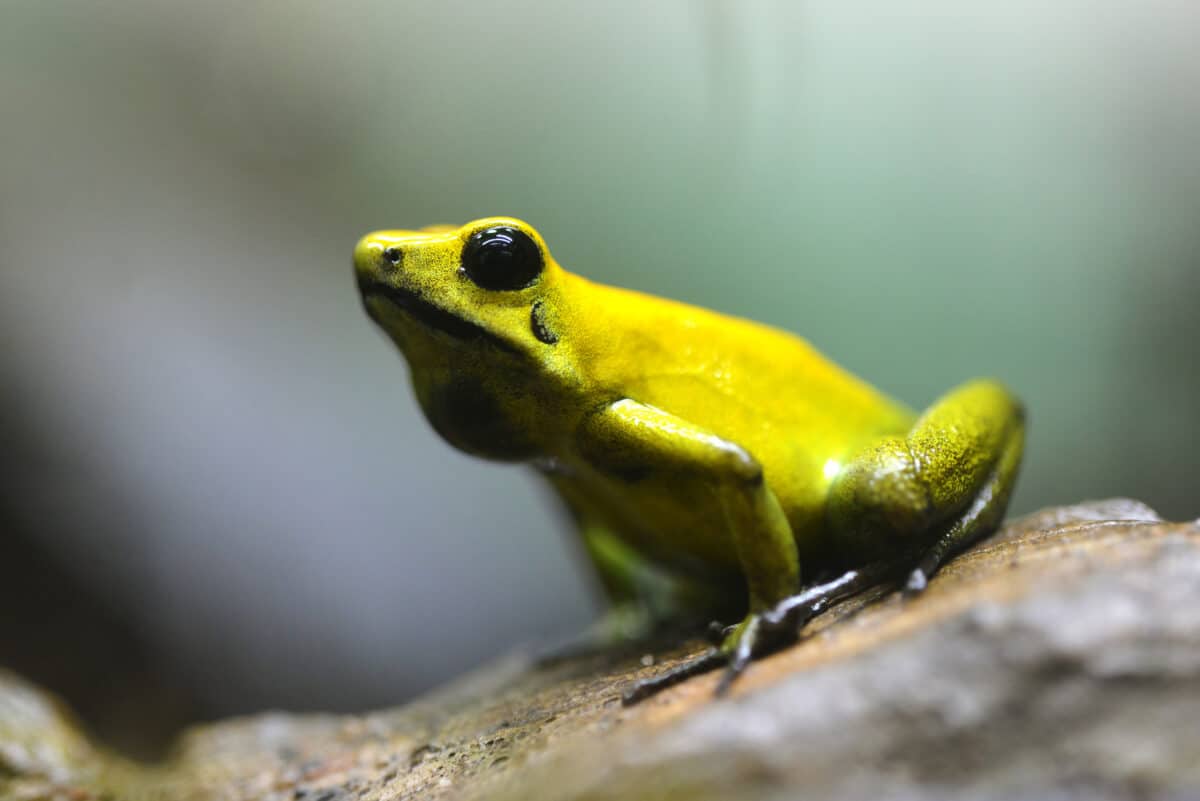
The Golden Poison Dart Frog is native to the rainforests of Colombia. Its primary habitat is the dense lowland forests, where humidity and warm temperatures create a perfect environment for its survival. The frog can often be found on the forest floor, where it hunts for insects amidst the leaf litter.
Physical Characteristics

These frogs are small, growing only to about two inches in length. However, their vibrant color is hard to miss. The shades of yellow, orange, and green serve as a warning to potential predators. The golden hue is perhaps one of the most striking features, both beautiful and dangerous.
Remarkable Toxicity

The Golden Poison Dart Frog is renowned for its toxicity. It carries enough poison to kill ten adult humans. The primary toxin, batrachotoxin, disrupts the function of nerves and muscles, leading to paralysis and potentially death. Despite its potency, indigenous tribes used to utilize the frog’s poison for hunting by applying it to the tips of blow darts.
Diet and Hunting Practices

These frogs primarily feed on small insects like ants, termites, and beetles. It’s believed that their diet contributes to their toxicity. The frogs ingest certain alkaloids from their prey, which are then used to produce their lethal toxins.
Reproduction and Lifespan
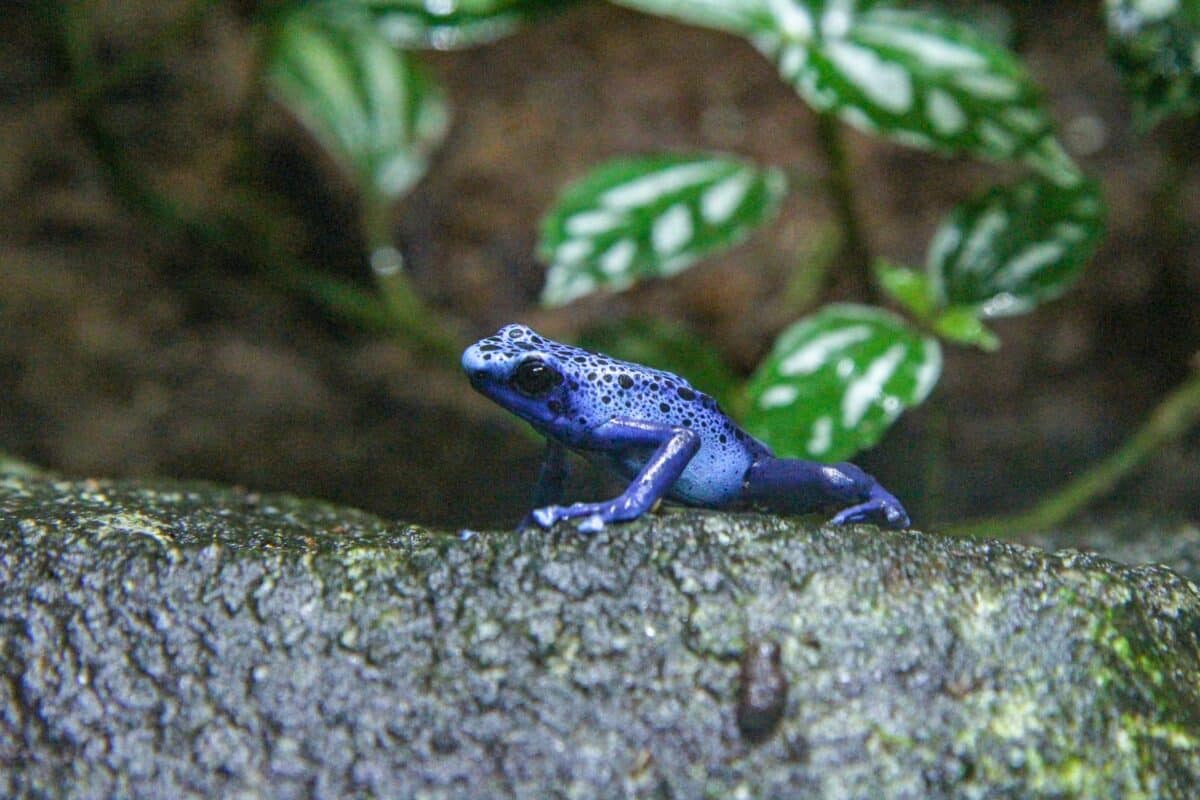
The breeding process begins with the male’s call to attract a female. After a series of courtships, the female lays eggs in a moist location, which the male then guards. Once hatched, the tadpoles are carried on the back of the parent to a water source. These frogs can live for 10-12 years in the wild.
Adaptations for Survival
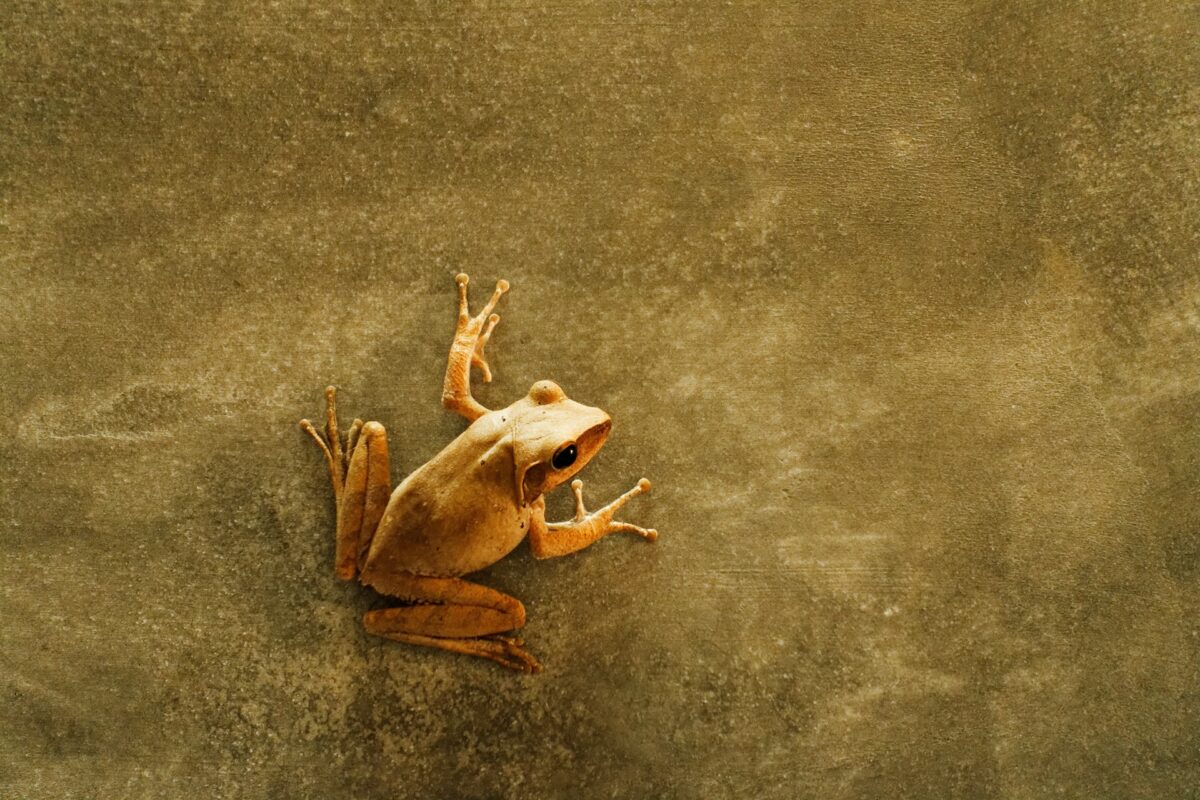
One of the frog’s primary adaptations is its bright coloring, which acts as a deterrent to predators. This form of aposematism, a warning coloration, signals danger to potential threats. Additionally, their toxins protect them from being consumed by most predators.
Role in the Ecosystem

The Golden Poison Dart Frog plays an integral role in its ecosystem. As both predator and prey, it helps in controlling insect populations and serves as a food source for animals immune to its toxins. This balance maintains the delicate cycle of the rainforest ecosystem.
Conservation Status

The tropical rainforests, home to these frogs, are threatened by deforestation and agricultural expansion. As a result, the Golden Poison Dart Frog is classified as endangered. Conservation efforts are crucial to safeguard these incredible creatures and their habitat.
Human Interactions and Significance
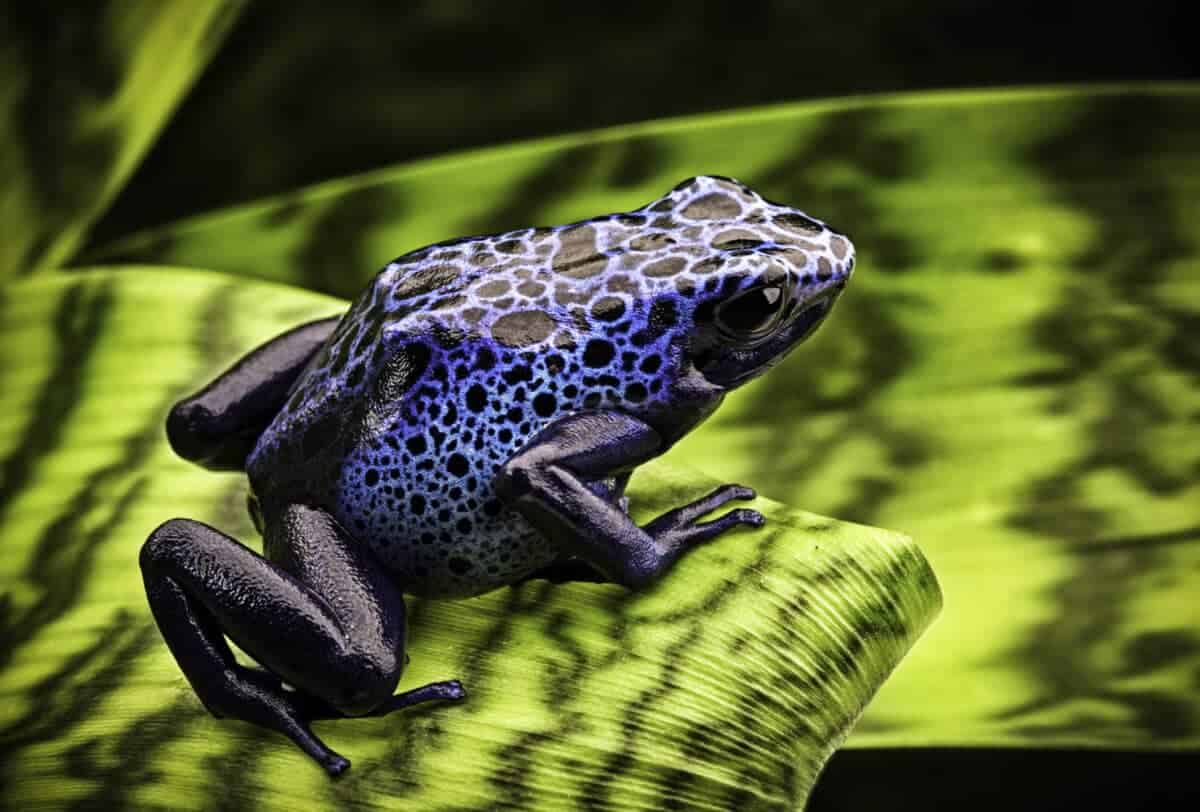
While highly toxic, these frogs have garnered significant interest in scientific research, particularly in the field of medicine. Scientists are studying their toxins for potential therapeutic applications, including pain relief and cardiac treatments.
Mimicry and Other Poison Dart Frogs
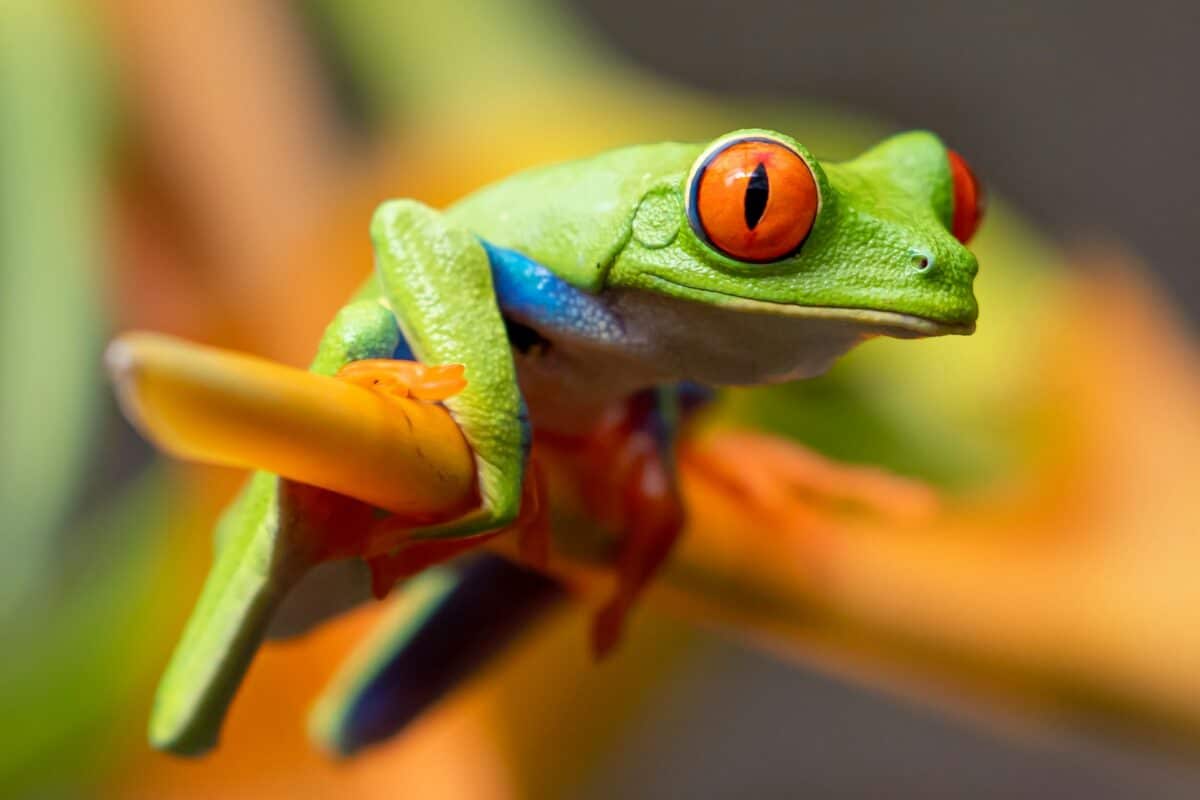
The Golden Poison Dart Frog’s warning colors are mimicked by other less toxic or non-toxic species as a survival mechanism. This form of mimicry is a fascinating evolutionary adaptation seen in other dart frog species across the region.
Ethical Considerations for Ex Situ Conservation

Conserving these frogs outside their natural habitat poses ethical challenges. It is crucial to balance efforts to maintain biodiversity while ensuring that these creatures are kept in environments that replicate their natural conditions as closely as possible.
Final Thoughts: Embracing Nature’s Wonders
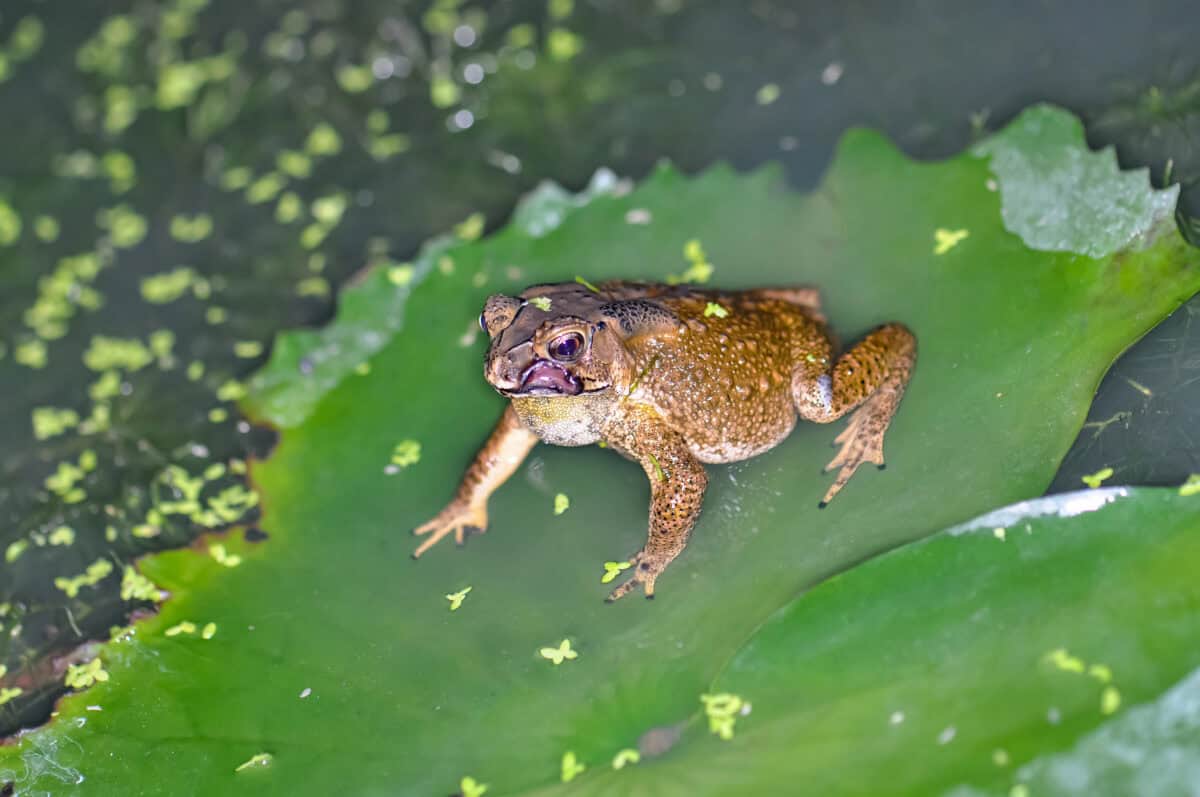
The Golden Poison Dart Frog is a testament to nature’s mysteries and marvels. Its vibrant colors and potent toxins remind us of the delicate balance necessary in ecosystems. As we strive to protect these creatures, we also uncover the boundless potential of nature’s innovations. It stands as a symbol of biodiversity’s richness and the ongoing need for conservation.
- 15 Things You Did Not Know About Owl Eyes - August 7, 2025
- 15 Times Rescue Animals Proved They Are the Best Companions - August 7, 2025
- 14 Signs Animals Experience Joy - August 7, 2025

